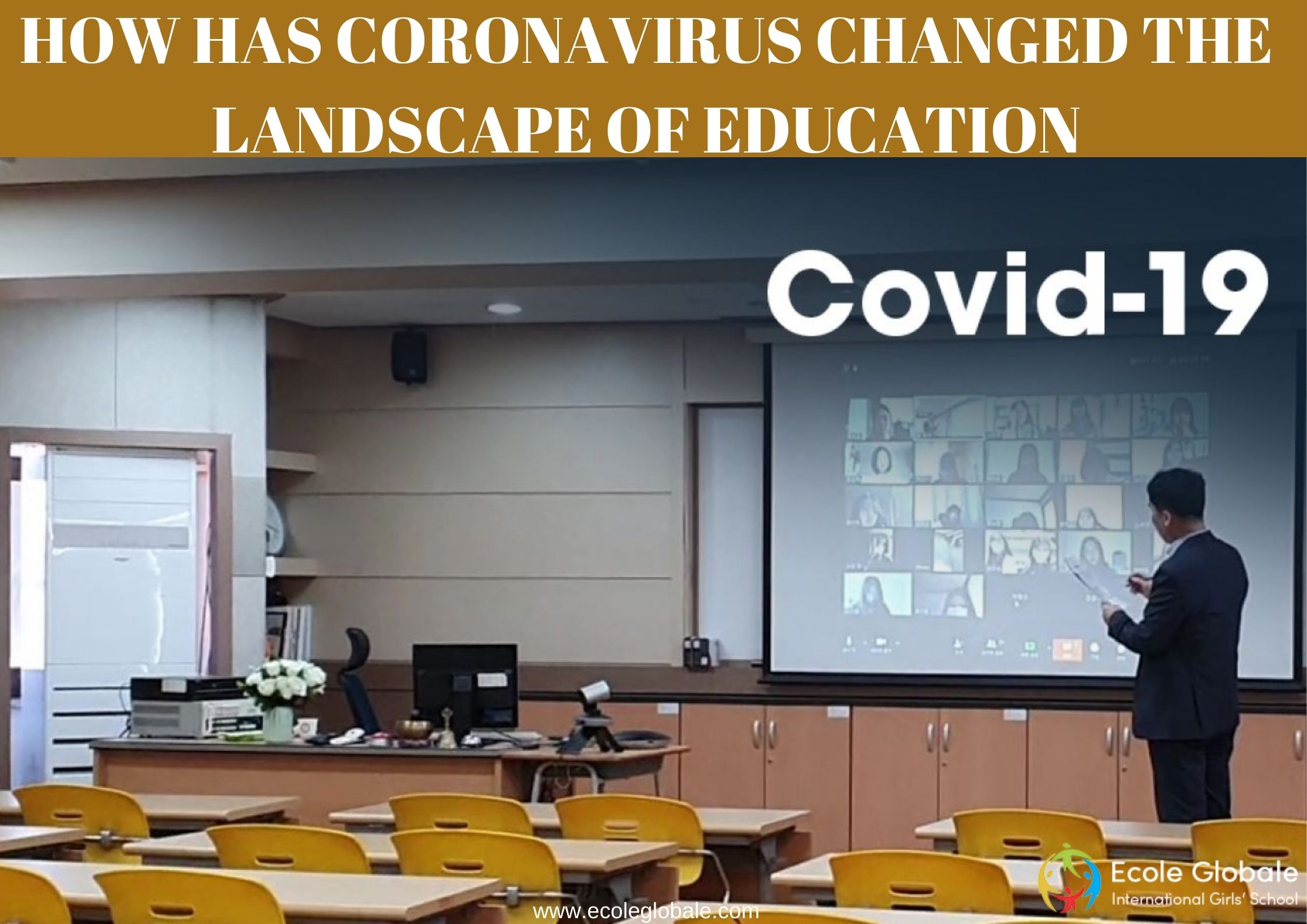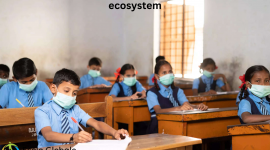Millions of people throughout the world have been affected by the coronavirus pandemic. New educational alternatives could spark much-needed innovation. Given the digital divide, new educational approaches may worsen disparities. Coronavirus (COVID-19) has altered the way children are educated around the world in just a few weeks. Those developments give us a taste of how education might alter in the long run, both for the better and for the worse.
With the coronavirus swiftly spreading across Asia, Europe, the Middle East, and the United States, countries have acted quickly and decisively to prevent a full-blown pandemic. Several statements have been made in the last two weeks suspending attendance at schools and institutions. According to the OECD, over 421 million students are affected by school closures announced or implemented in 39 countries as of March 13. In addition, 22 countries have announced “localized” partial closures.
Millions of kids have been forced into temporary ‘home-schooling’ situations as a result of these risk-management decisions, particularly in some of the worst-affected nations, such as China, South Korea, Italy, and Iran. Although these changes have created some discomfort, they have also generated fresh examples of educational creativity. Although it is too soon to tell how COVID-19 will affect education systems around the world, there are hints that it may have a long-term impact on the evolution of learning innovation and digitization. We’ll look at three trends that could indicate future changes:
EDUCATION THAT IS PRESSED AND PUSHED TO CHANGE MIGHT LEAD TO UNEXPECTED BREAKTHROUGHS
With centuries-old, lecture-based approaches to teaching, entrenched institutional biases, and obsolete classrooms, the glacial pace of change in academic institutions around the world is regrettable. COVID-19, on the other hand, has become a catalyst for educational institutions all around the world to seek creative solutions in a short amount of time.
In February, students in Hong Kong began learning at home via interactive apps to try to curb the virus’ spread. Live television broadcasts provided access to study material to 120 million Chinese people in China.
Other, more straightforward – but no less inventive – solutions were implemented all across the world. To assist avoid school closures in one Nigerian school, traditional asynchronous online learning methods (such as reading material via Google Classroom) were supplemented with synchronous face-to-face video instruction.
Similarly, students at one Lebanon school started using online learning for areas like physical education. As “homework,” students shot and sent films of athletic training and games to their teachers, encouraging them to master new digital abilities. “While the athletic activity took a few minutes, my son spent three hours shooting, editing, and uploading the video in the appropriate format to his teacher,” one student’s parent said.
We will see learners and solution providers completely embrace the ‘learning anywhere, anytime’ concept of digital education in a variety of formats as 5G technology becomes more ubiquitous in nations such as China, the United States, and Japan. New learning modalities, ranging from live broadcasts to “educational influencers” to virtual reality experiences, will supplement traditional in-person classroom instruction. Learning might become ingrained in people’s daily lives – a true lifestyle.
PARTNERSHIPS BETWEEN PUBLIC AND PRIVATE EDUCATIONAL INSTITUTIONS MAY BECOME MORE IMPORTANT IN THE FUTURE
Learning consortiums and coalitions have emerged in recent weeks, with a wide range of stakeholders – including governments, publishers, educators, technology suppliers, and telecom network operators – banding together to use digital platforms as a temporary solution to the situation. This could become a common and consequential trend in future schooling in emerging countries where education is mostly sponsored by the government.
The Ministry of Education in China has gathered a wide group of stakeholders to establish a new cloud-based, online learning and broadcasting platform, as well as improve a suite of education infrastructure, led by the Ministry of Education and the Ministry of Industry and Information Technology.
Similarly, the readtogether.hk forum in Hong Kong (China Daily video here) is a collaboration of over 60 educational organizations, publishers, media, and entertainment industry professionals that offers over 900 educational assets for free, including videos, books chapters, assessment tools, and counseling services. Even once COVID-19 has been contained, the consortium plans to continue utilizing and maintaining the platform.
THE DIGITAL DIVIDE MAY DEVELOP FURTHER
Most schools in affected locations are finding workarounds to keep teaching going, but the quality of learning is strongly reliant on the amount and quality of digital access available. After all, only about 60% of the world’s population has access to the internet. While virtual classrooms on personal tablets are common in Hong Kong, many students in developing countries rely on lessons and assignments sent via WhatsApp or email.
Furthermore, the less wealthy and digitally skilled a family is, the further behind their children are. These children lose out when classes move online due to the high expense of digital gadgets and internet subscriptions.
Unless access costs and quality improvement in all nations, the quality of education gap, and consequently socioeconomic inequality, will widen even further. If educational access is dictated by access to the latest technologies, the digital gap may become even more extreme.









